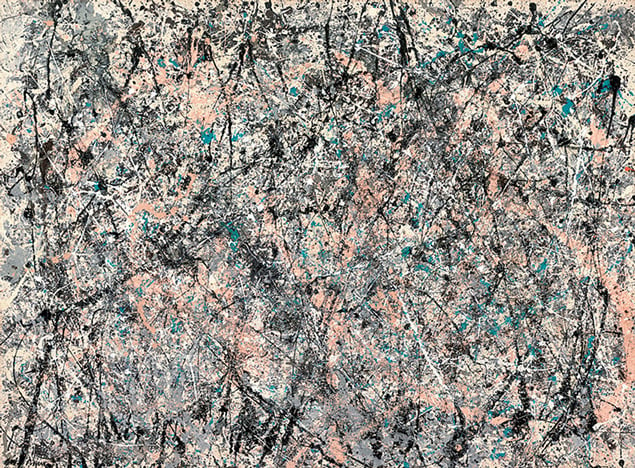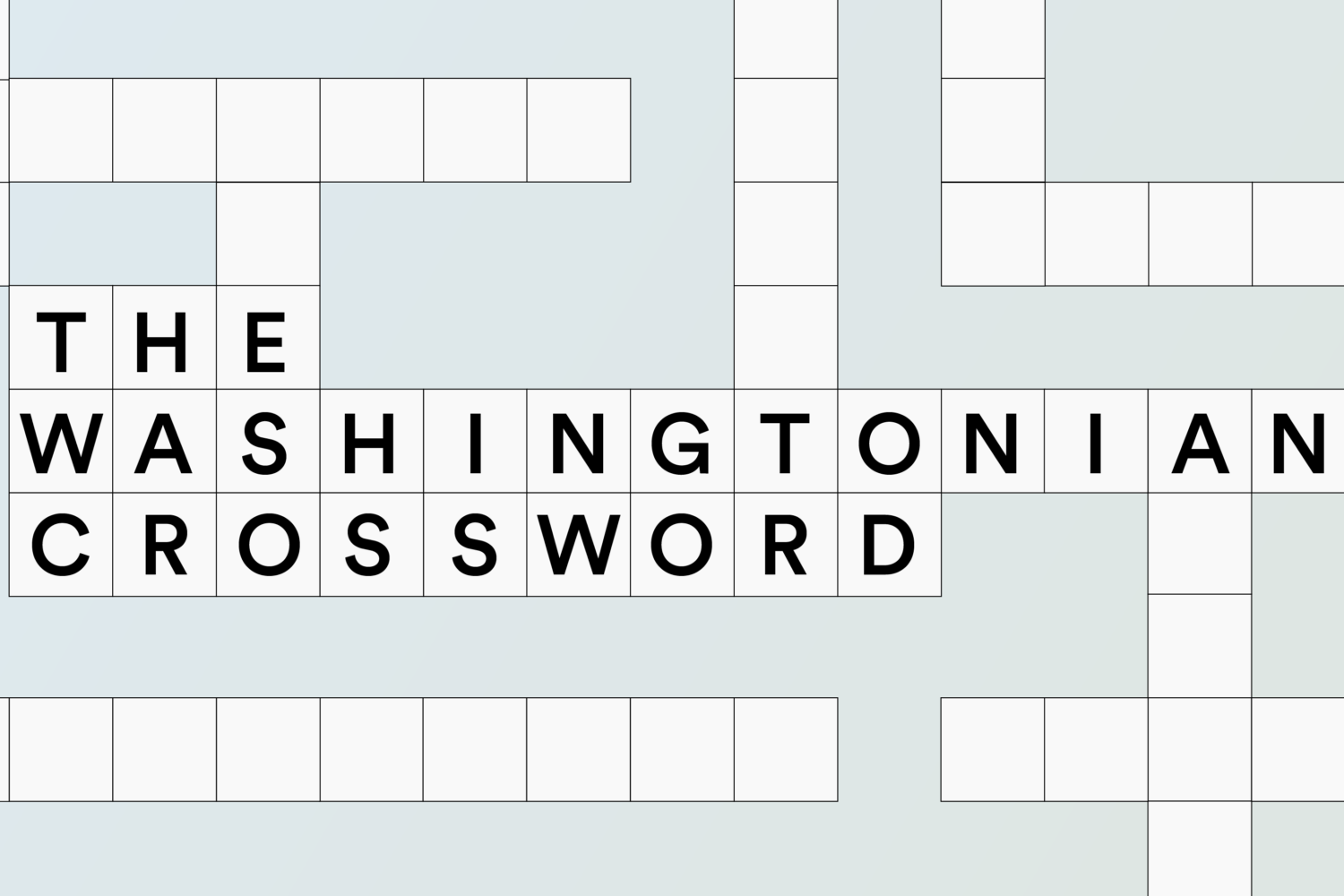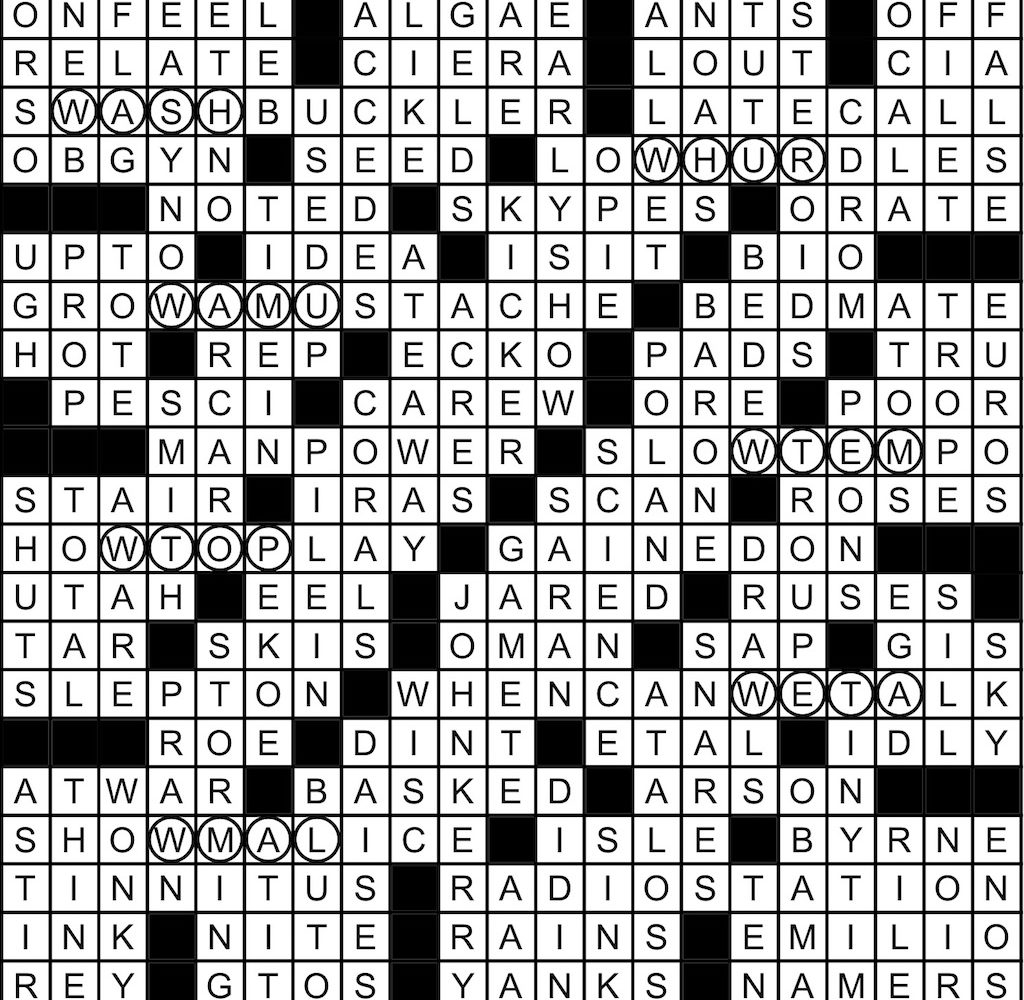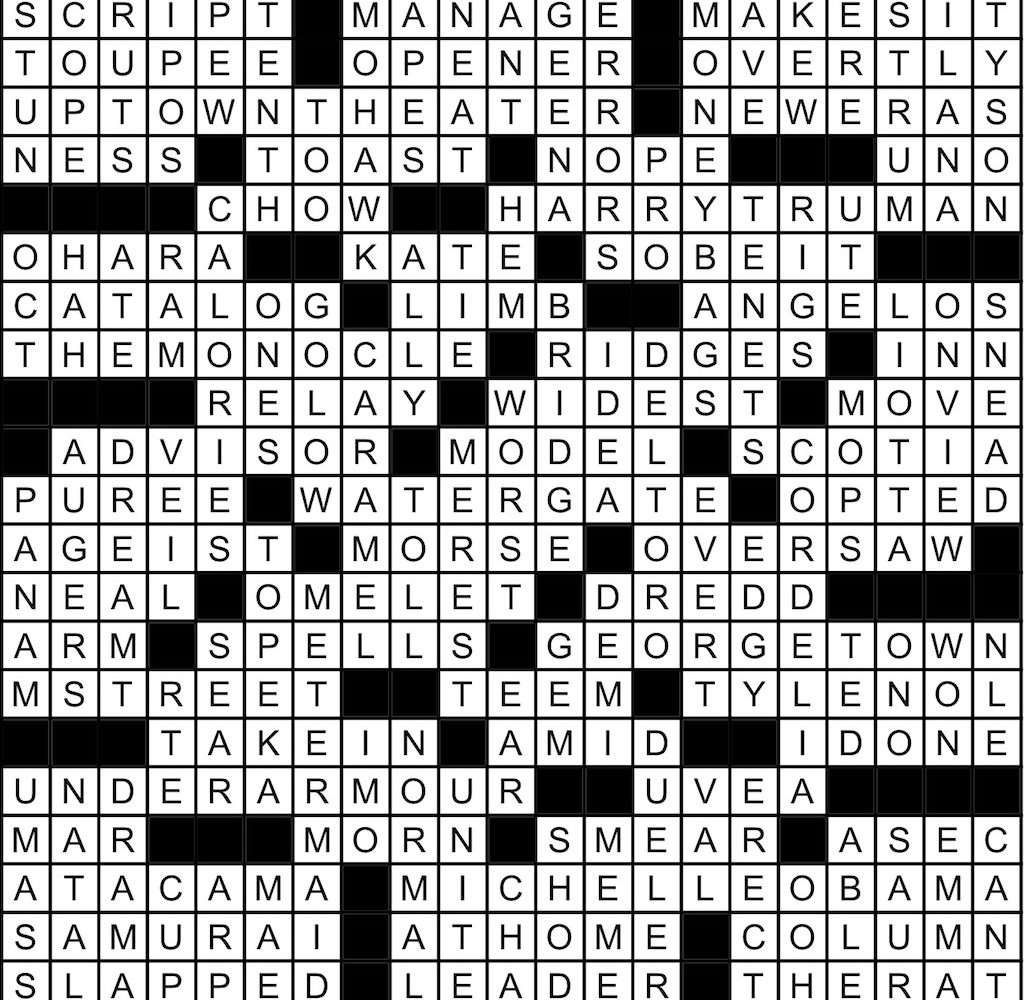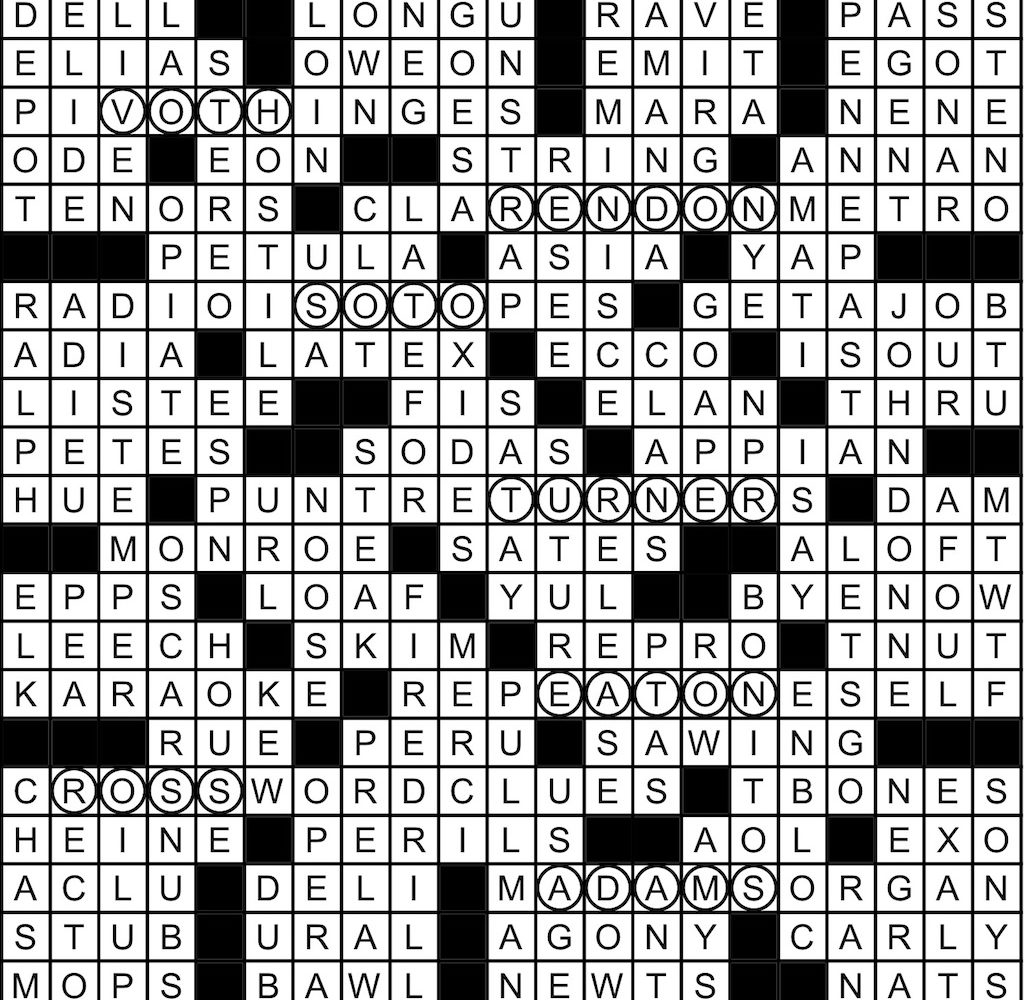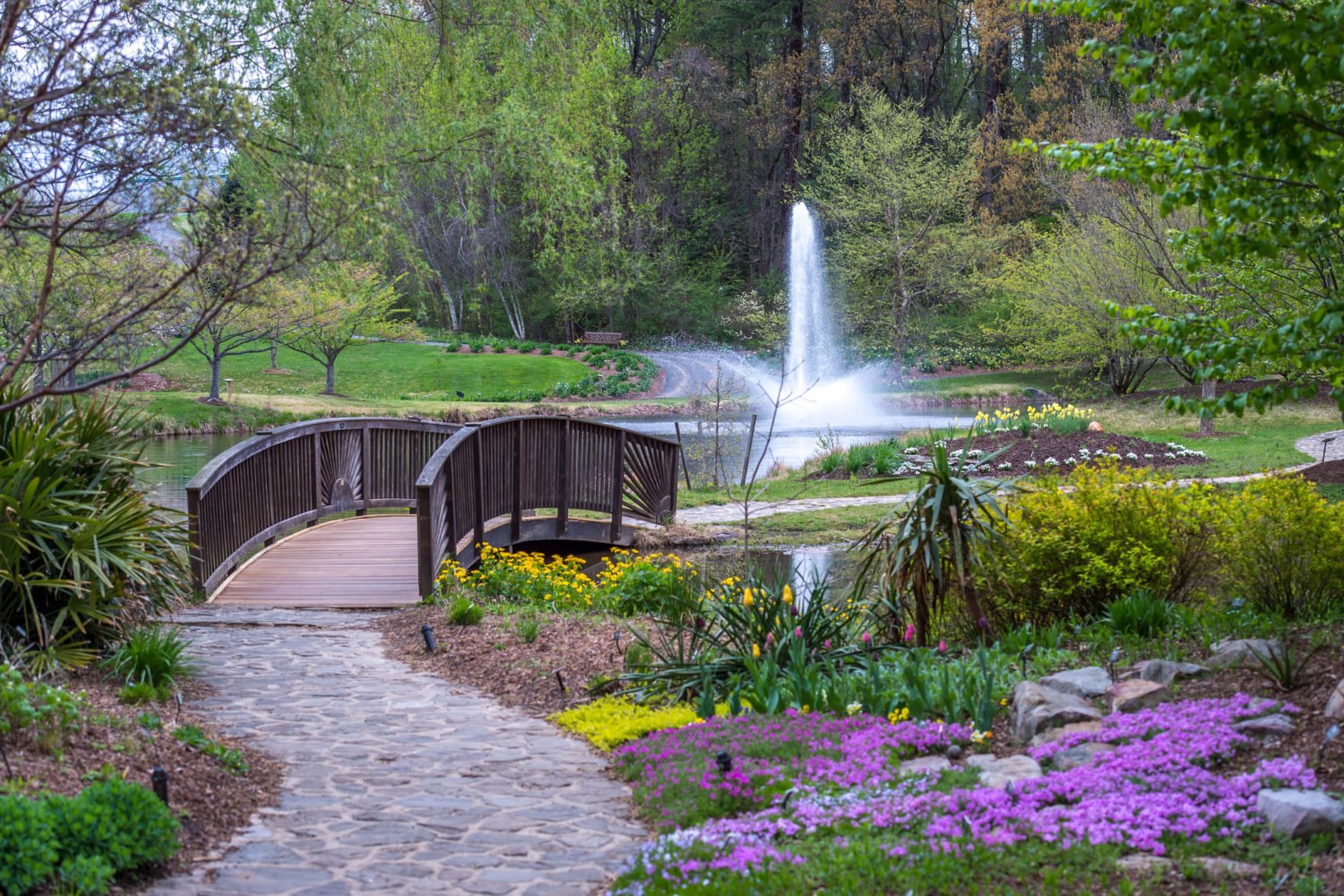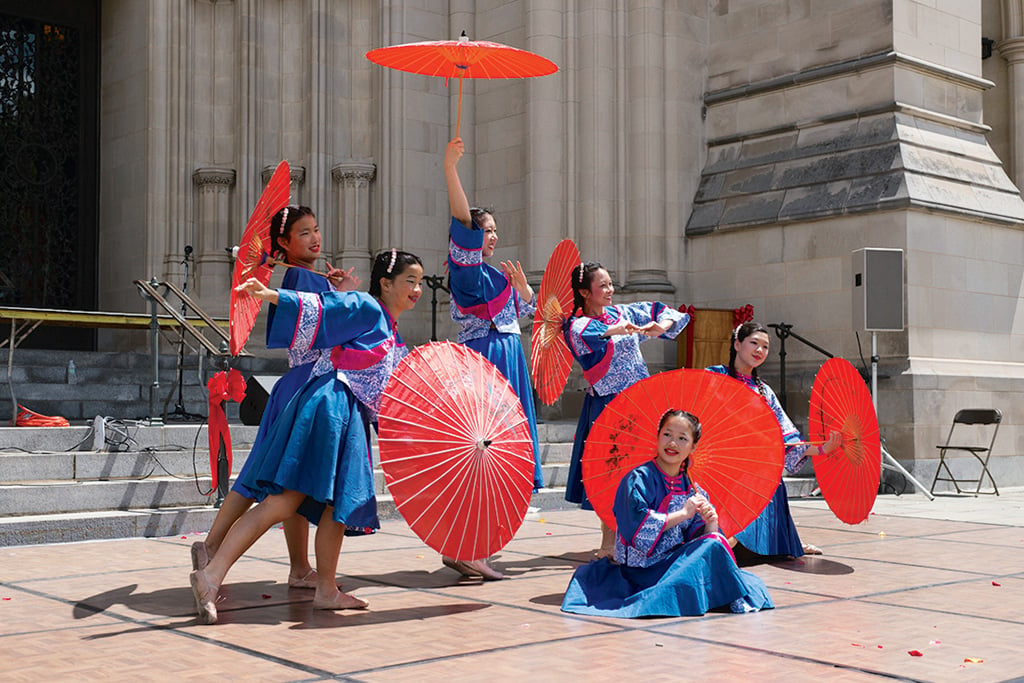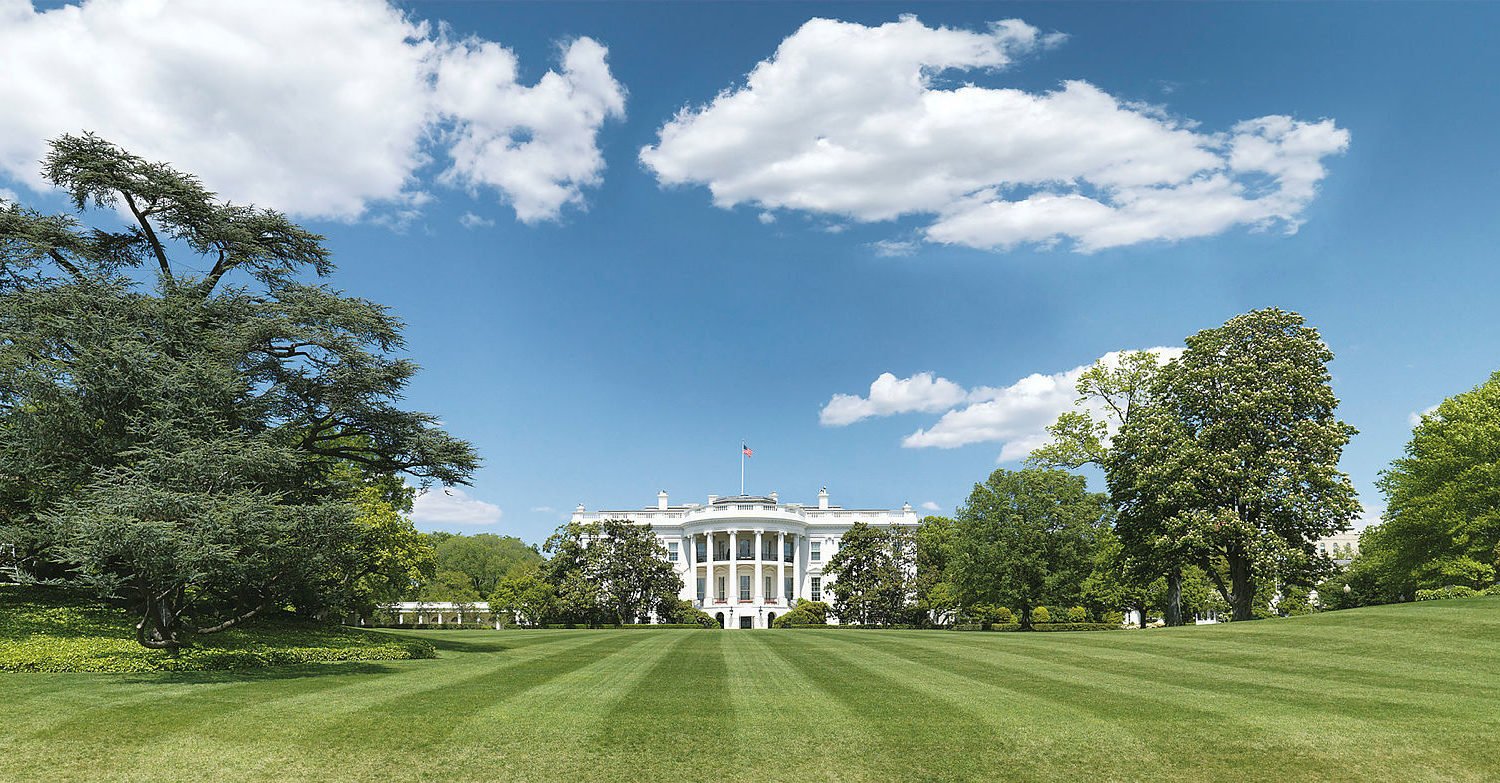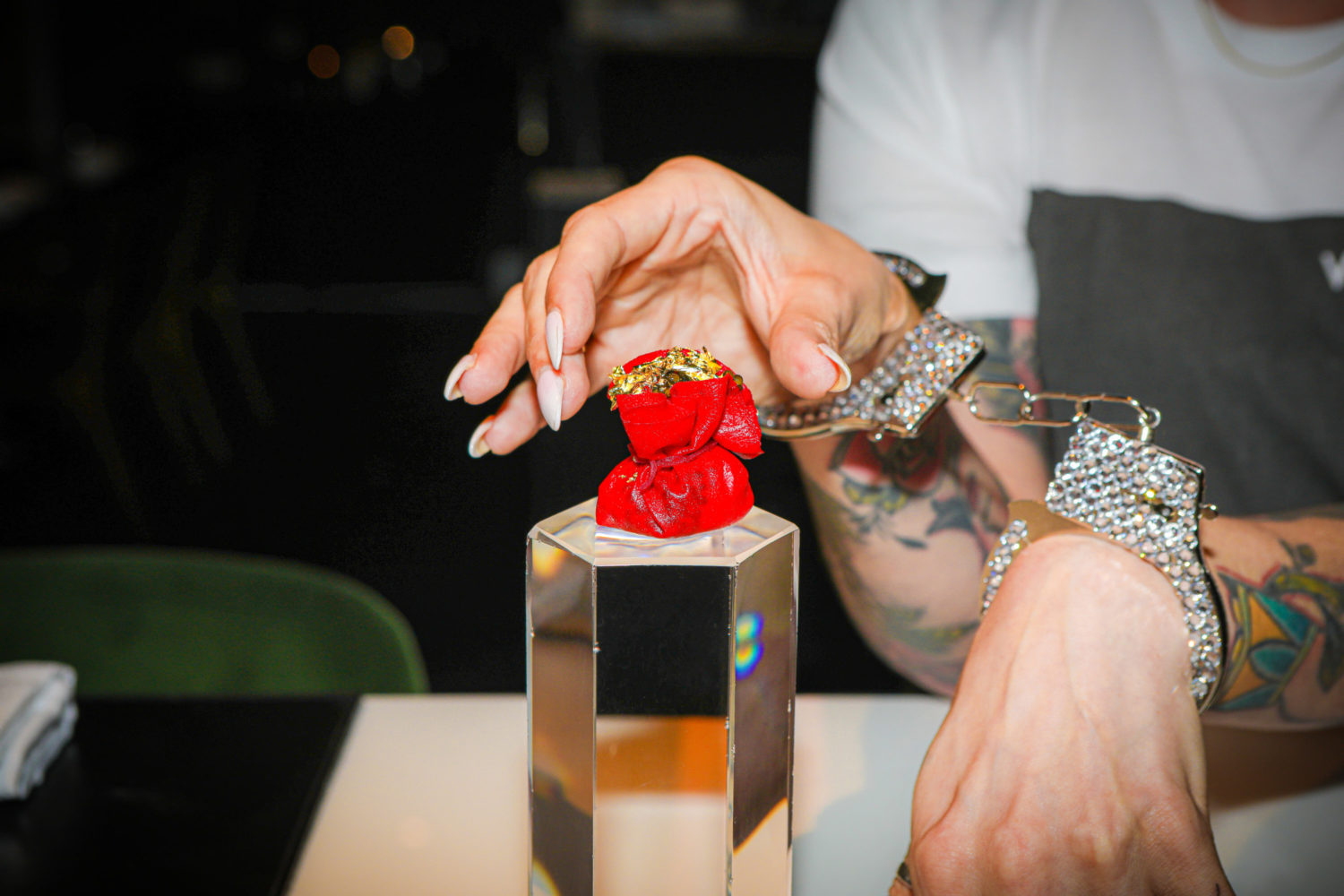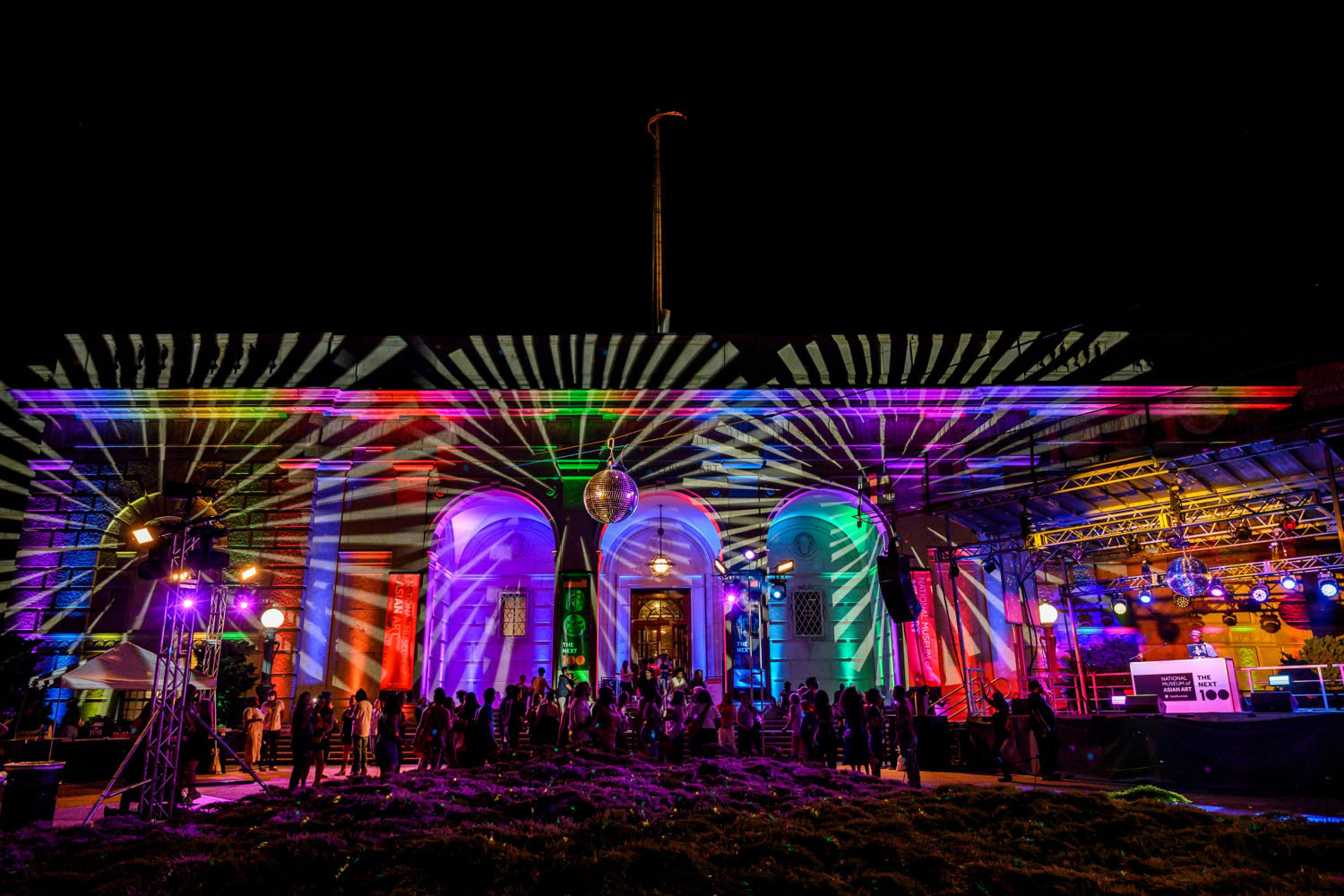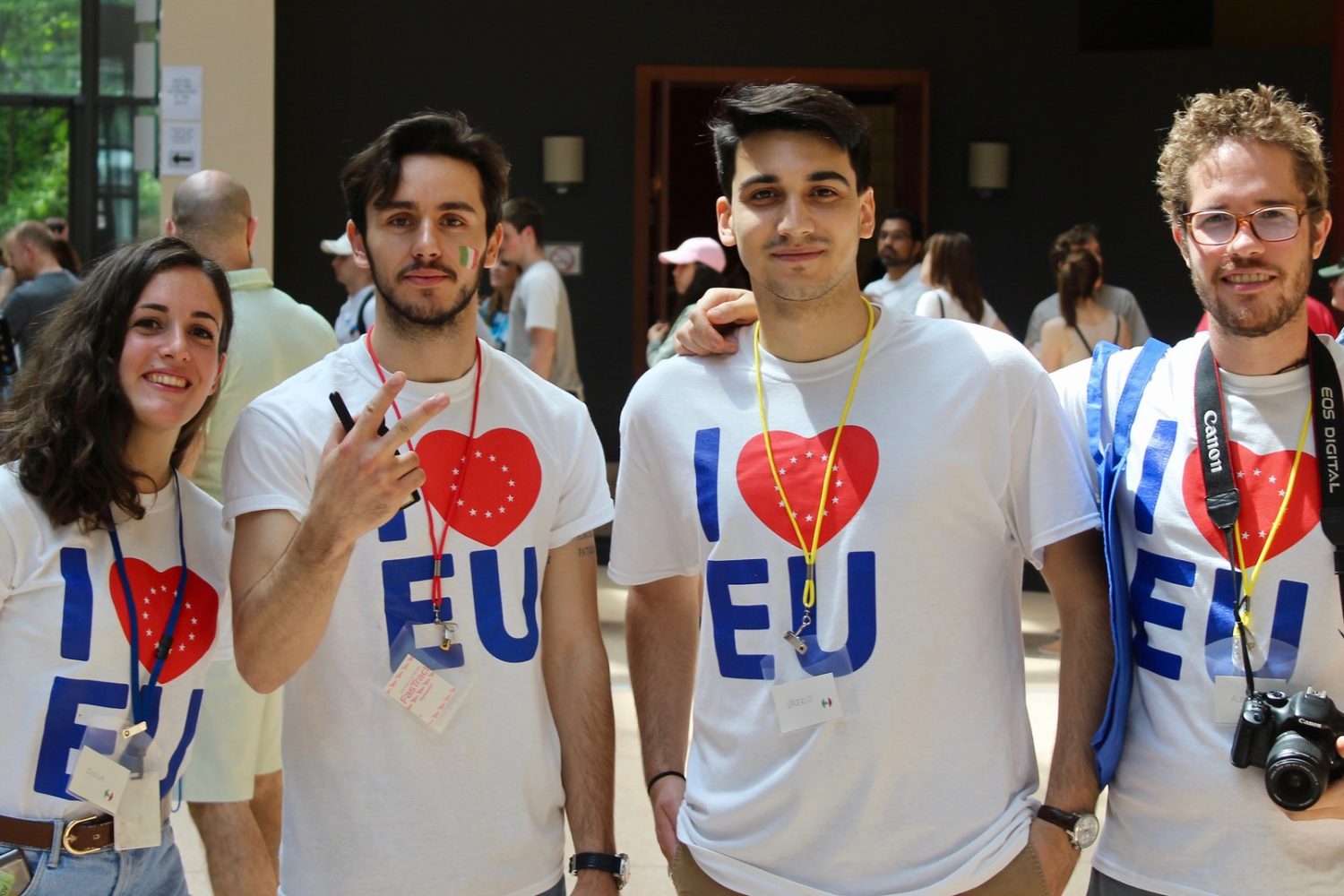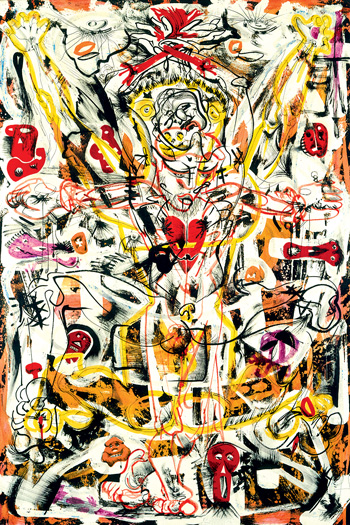
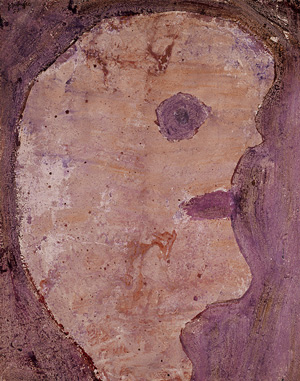
When it comes to art history, says Phillips Collection director Dorothy Kosinski, there are always figures who tend to be neglected. “People get pushed to the margins,” Kosinski says. “It’s somehow easy for art historians and critics to forget about them as artists.”
“Angels, Demons, and Savages: Pollock, Ossorio, Dubuffet”—February 9 through May 12 at the Phillips—examines the personal and artistic relationships among three Abstract Expressionists working in the mid-20th century. Along with the famous artists Jackson Pollock and Jean Dubuffet, the exhibit shines a light on the lesser-known Alfonso Ossorio, whose career as an artist is often overlooked because of his more prominent roles as friend and collector.
Ossorio—born in the Philippines, raised in England, and educated at Harvard—was from a wealthy family, giving him the means both to acquire and to create art. In 1950, he traveled to France to meet Dubuffet and was greatly influenced by the Frenchman’s interests in art brut, or outsider art—work made outside the establishment, without formal training. Ossorio later bought an estate in the Hamptons, near where Pollock had a home.
Showcasing Ossorio at the Phillips is nothing new: The museum’s founder, Duncan Phillips, purchased several of the artist’s works in the 1950s. Kosinski—who got to know Ossorio in the 1980s and describes him as a “really brilliant, challenging, experimental artist”—is thrilled to see this show come to fruition: “We’re proud to bring the story into the public eye and give Ossorio his due as a seminal figure in this story.”
“Angels, Demons, and Savages: Pollock, Ossorio, Dubuffet” at the Phillips Collection. February 9 through May 12. Admission $12.
This article appears in the February 2013 issue of The Washingtonian.

